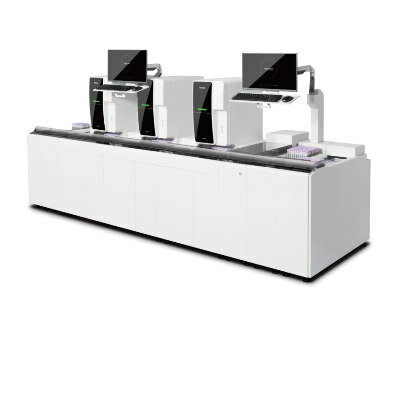Brain Derived Neurotrophic Factor Key Element in Recovery from Stroke
By LabMedica International staff writers
Posted on 03 Jan 2013
Candesartan, a drug used to reduce blood pressure, has been found to stimulate formation of new blood vessels (angiogenesis) in the brain following stroke, and a recent study has linked this action to increased expression of brain derived neurotrophic factor (BDNF).Posted on 03 Jan 2013
BDNF is a member of the neurotrophin family that has been reported to have angiogenic effects and play an important role in recovery after stroke, while candesartan is an angiotensin II type 1 receptor blocker (ARB) that has been to shown to limit ischemic stroke and improve stroke outcome. In experimental stroke, candesartan induced a proangiogenic effect that was partly due to vascular endothelial growth factor (VEGF).
In a recently published study, investigators at the University of Georgia (Athens, USA) described the role of BDNF in the proangiogenic effect of candesartan in the brain under hypertensive conditions.
The investigators treated spontaneously hypertensive rats with candesartan, and brain tissues were collected for quantification of BDNF expression. In addition, human cerebromicrovascular endothelial cells were treated with either low or high doses of angiotensin II alone or in combination with candesartan to assess the effect of candesartan treatment and BDNF involvement in the behavior of endothelial cells.
Results published in the December 4, 2012, online edition of the Journal of Pharmacology and Experimental Therapeutics revealed that candesartan significantly increased the expression of BDNF. In addition, candesartan reversed the antiangiogenic effect of AngII. The observed effects of candesartan were eliminated by neutralizing the effects of BDNF or by blocking the AT2 receptor.
Thus, candesartan blockage of the angiotensin II type 1 receptor, which lowered blood pressure, stimulated the AT2 receptor and increased the secretion of BDNF, which encouraged brain repair through the growth of new blood vessels.
"BDNF is a key player in learning and memory," said senior author Dr. Susan Fagan, professor of pharmacy at the University of Georgia. "A reduction of BDNF in the brain has been associated with Alzheimer's disease and depression, so increasing this growth factor with a common medication is exciting."
Related Links:
University of Georgia














